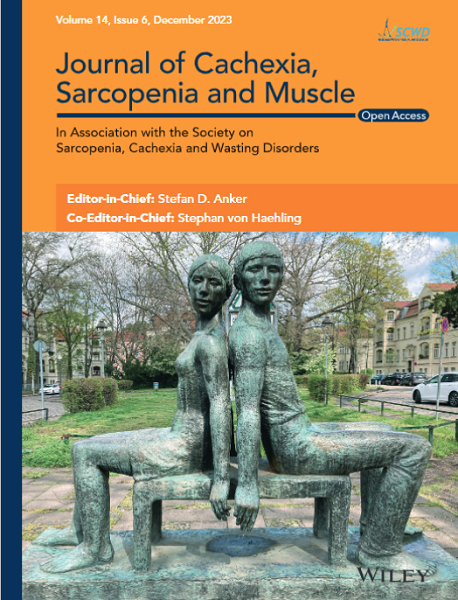Long-Term Effects of High-Intensity Aerobic Training on Metabolic Syndrome: An 8-Year Follow-Up Randomized Clinical Trial
Abstract
Background
Metabolic syndrome (MetS) is a set of five cardiometabolic risk factors that typically worsen with age. One exercise-training programme is effective at improving those factors in middle-aged individuals with MetS. To our knowledge, exercise-training efficacy as MetS individuals age has not been explored. This study determined the effectiveness of a periodized exercise training programme for individuals with MetS after a follow-up period of 8 years.
Methods
Forty-seven individuals with MetS were block-randomized into an EXERCISE (n = 22, 52 ± 8 years old, 23% women) or a CONTROL group (n = 25, 53 ± 8 years old, 32% women). Both groups received standard health care, including medical counselling and lifestyle advice at least every 6 months, while participants in EXERCISE also underwent a supervised exercise programme. The intervention lasted 8 years and consisted of 4 months per year (November to March) of high-intensity interval training thrice weekly. At baseline, and after 4 and 8 years of treatment, we assessed body composition, MetS components (i.e., MetS Z score), medication use, cardiorespiratory fitness (CRF; assessed by VO2MAX) and maximal leg cycling power output (WMAX).
Results
Paradoxically, MetS Z score and body weight were reduced after 8 years (subjects aged from 52 to 60 years old) in both groups (time effect p < 0.001 and p = 0.008; time × group interaction p = 0.253 and p = 0.130). However, in those 8 years, the medicine use score increased threefold in CONTROL (137% increase; from 1.7 to 3.9; p < 0.001) while it did not change in EXERCISE (33%; from 2.0 to 2.7; p = 0.066). In 8 years, CRF and WMAX increased in EXERCISE by 14% (3.4 ± 5.6 mL·kg−1·min−1) and 4% (7 ± 37 W) while decreasing in CONTROL by −7% (−1.6 ± 3.4 mL·kg−1·min−1) and −14% (−24 ± 27 W) being different between groups after 4 and 8 years (both time × group interaction p = 0.002). Pearson correlations showed that MetS Z score improvements were significantly associated with increases in medication use score in the CONTROL group (r = 0.491; p = 0.013) and with WMAX enhancement in the EXERCISE group (r = 0.613; p = 0.002).
Conclusions
Our data suggest that annual exercise training has similar clinical efficacy to triple oral medication for the management of MetS in individuals aged 50 to 60 years. The health of individuals with cardiometabolic disorders can be maintained as they age by increasing medication or by participating in an annual intensive exercise programme.


 求助内容:
求助内容: 应助结果提醒方式:
应助结果提醒方式:


